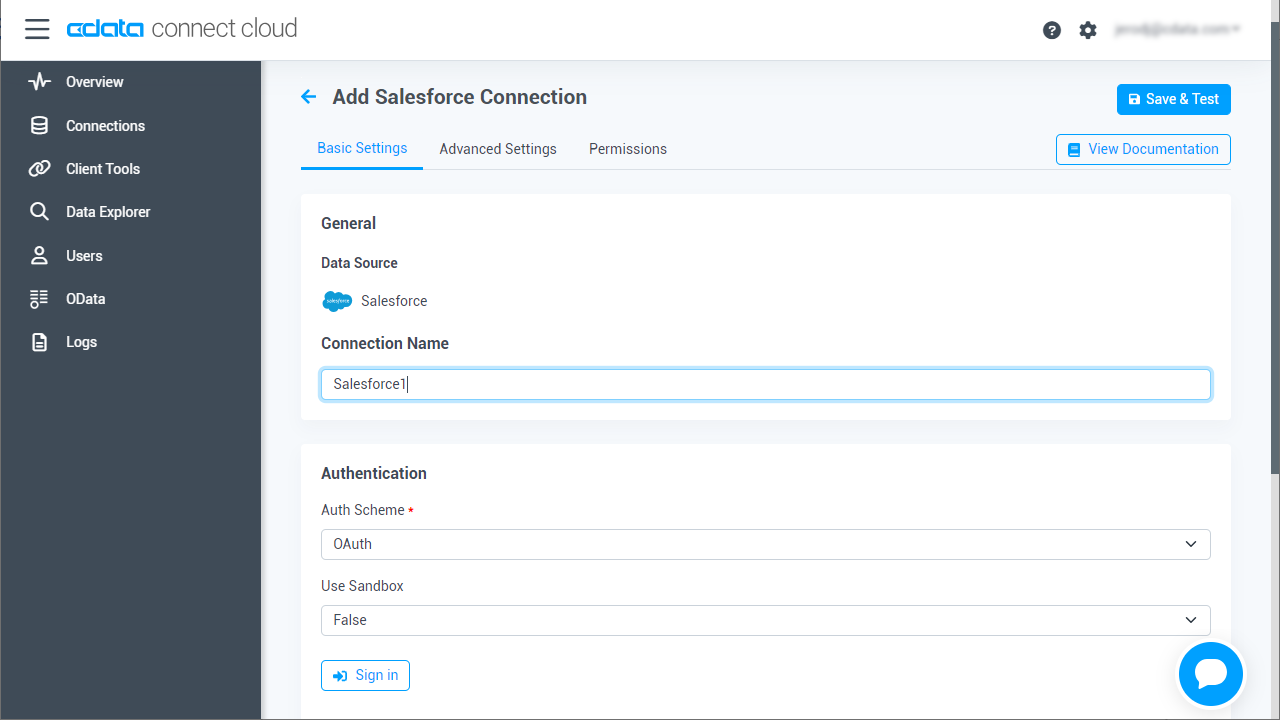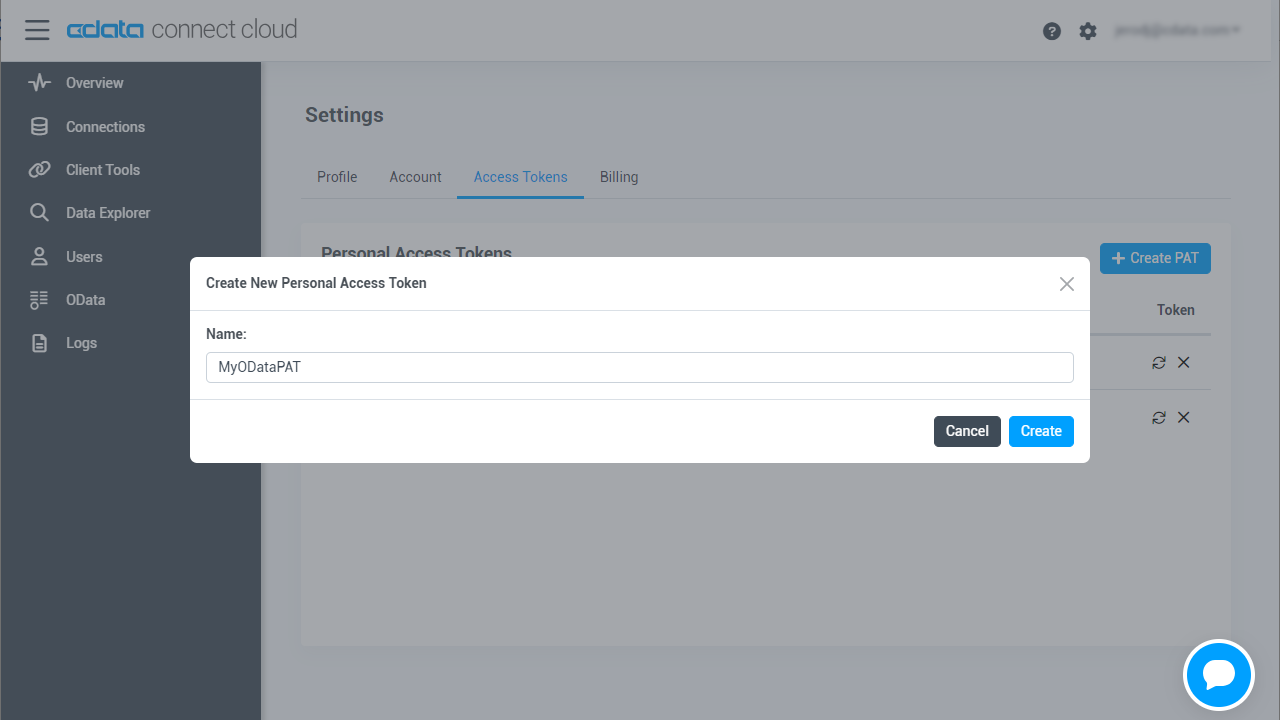Discover how a bimodal integration strategy can address the major data management challenges facing your organization today.
Get the Report →Build Paylocity-Connected Apps in Choreo
Use CData Connect Cloud to connect to Paylocity Data from Choreo and build custom apps using live Paylocity data.
The Choreo platform from WS02 is a versatile platform designed for low-code and cloud-native engineering. Developers, even those without advanced coding skills, can leverage Choreo's user-friendly low-code environment to simplify application development. When combined with CData Connect Cloud, users gain immediate cloud-to-cloud access to Paylocity data for applications. This article details the process of connecting to Paylocity using Connect Cloud and building an application with real-time access to Paylocity data within Choreo.
CData Connect Cloud delivers a pure cloud-to-cloud interface for Paylocity, enabling you to construct applications within Choreo that utilize live Paylocity data data, all without the need for data replication to a natively supported database. With its built-in optimized data processing capabilities, CData Connect Cloud efficiently directs all supported SQL operations, including filters and JOINs, directly to Paylocity, capitalizing on server-side processing to swiftly provide the requested Paylocity data.
Configure Paylocity Connectivity for Choreo
Connectivity to Paylocity from Choreo is made possible through CData Connect Cloud. To work with Paylocity data from Choreo, we start by creating and configuring a Paylocity connection.
- Log into Connect Cloud, click Connections and click Add Connection
![Adding a Connection]()
- Select "Paylocity" from the Add Connection panel
![Selecting a data source]()
-
Enter the necessary authentication properties to connect to Paylocity.
Set the following to establish a connection to Paylocity:
- RSAPublicKey: Set this to the RSA Key associated with your Paylocity, if the RSA Encryption is enabled in the Paylocity account.
This property is required for executing Insert and Update statements, and it is not required if the feature is disabled.
- UseSandbox: Set to true if you are using sandbox account.
- CustomFieldsCategory: Set this to the Customfields category. This is required when IncludeCustomFields is set to true. The default value for this property is PayrollAndHR.
- Key: The AES symmetric key(base 64 encoded) encrypted with the Paylocity Public Key. It is the key used to encrypt the content.
Paylocity will decrypt the AES key using RSA decryption.
It is an optional property if the IV value not provided, The driver will generate a key internally. - IV: The AES IV (base 64 encoded) used when encrypting the content. It is an optional property if the Key value not provided, The driver will generate an IV internally.
Connect Using OAuth Authentication
You must use OAuth to authenticate with Paylocity. OAuth requires the authenticating user to interact with Paylocity using the browser. For more information, refer to the OAuth section in the Help documentation.
The Pay Entry API
The Pay Entry API is completely separate from the rest of the Paylocity API. It uses a separate Client ID and Secret, and must be explicitly requested from Paylocity for access to be granted for an account. The Pay Entry API allows you to automatically submit payroll information for individual employees, and little else. Due to the extremely limited nature of what is offered by the Pay Entry API, we have elected not to give it a separate schema, but it may be enabled via the UsePayEntryAPI connection property.
Please be aware that when setting UsePayEntryAPI to true, you may only use the CreatePayEntryImportBatch & MergePayEntryImportBatchgtable stored procedures, the InputTimeEntry table, and the OAuth stored procedures. Attempts to use other features of the product will result in an error. You must also store your OAuthAccessToken separately, which often means setting a different OAuthSettingsLocation when using this connection property.
![Configuring a connection (Salesforce is shown)]()
- RSAPublicKey: Set this to the RSA Key associated with your Paylocity, if the RSA Encryption is enabled in the Paylocity account.
- Click Create & Test
- Navigate to the Permissions tab in the Add Paylocity Connection page and update the User-based permissions.
![Updating permissions]()
Add a Personal Access Token
If you are connecting from a service, application, platform, or framework that does not support OAuth authentication, you can create a Personal Access Token (PAT) to use for authentication. Best practices would dictate that you create a separate PAT for each service, to maintain granularity of access.
- Click on your username at the top right of the Connect Cloud app and click User Profile.
- On the User Profile page, scroll down to the Personal Access Tokens section and click Create PAT.
- Give your PAT a name and click Create.
![Creating a new PAT]()
- The personal access token is only visible at creation, so be sure to copy it and store it securely for future use.
With the connection configured, you are ready to connect to Paylocity data from Choreo.
Connect to Paylocity from Choreo
The steps below outline connecting to CData Connect Cloud from Choreo to create a new application with access to live Paylocity data.
Creating a Construct
-
Sign in to the Choreo platform. Note: This article is from the perspective of an Anonymous user.
![Displaying Choreo landing page]()
-
Select Components from the left sidebar and then click +Create. Next, choose Manual Trigger and then Start from scratch.
![Selecting manual trigger]()
-
Give the manual trigger a Name and Description and click Create.
![Creating manual trigger]()
-
After the trigger is created, click on Edit Code.
![Clicking Edit Code]()
-
The Ballerina Low-Code IDE is displayed. Choreo automatically generates a construct in the low-code diagram
view. Delete this construct by highlighting it and clicking on the trashcan icon.
![Showing Ballerina Low-Code IDE]()
-
Click the + icon towards the top of the screen and select Main from the Add Constructs
toolbar on the right. In the following Function Configuration form, click Save.
![Adding a Construct]()
Adding the CData Connect Cloud Connector
- Click the + icon between the Start and End ellipses and click Connector.
- In the Connectors sidebar on the right, search for "CData". Click CData Connect to open the Connector settings pane.
-
In the Connector settings pane, enter the configuration settings:
- Enter an Endpoint Name for your use. In this example, we use "connectEndpoint".
- In the User field, enter the email address of the CData Connect Cloud user, wrapped in quotation marks (for example, "user@cdata.com").
- In the Password field, enter the PAT you generated earlier, wrapped in quotation marks (for example, "SampleToken").
- After clicking Save, the low-code editor appears with the CData Connect Cloud logo.




Adding a Query Action
- Click the + icon between the new and end shapes, select Action, and then select our existing connector endpoint.
- Select query for the connector Operation. There is now an Action pane on the right.
- Enter a SQL query to retrieve Paylocity data as the sqlQuery parameter for the query. For example:
SELECT * FROM Paylocity1.Paylocity.Employee LIMIT 10- When writing the query, be sure to specify the Connection Name as the catalog and Data Source Name as the schema. For example, Paylocity1.Paylocity.
- These parameters appear on the Connections page of your CData Connect Cloud dashboard.


Iterating over Paylocity Data
- Click the Show Source icon in the top right of the code editor.
- Add an import statment to import the ballerina/io library:
import ballerina/io;
- Next, add a from statement after the query action to iterate through the results of the SQL query:
- The code for the construct will now look similar to this:
- Click Save to save the action. The diagram should now look similar to this:
check from record{} result in resultStream
do {
io:println("Full Employee details: ", result);
};
import ballerinax/cdata.connect;
import ballerinax/cdata.connect.driver as _;
import ballerina/io;
public function main() returns error? {
connect:Client connectEp = check new (user = "connect_cloud_username", password="connect_cloud_pat");
stream<record {}, error=""?> resultStream =
connectEp->query(sqlQuery = `SELECT * FROM Paylocity1.Paylocity.Employee LIMIT 10`);
check from record{} result in resultStream
do {
io:println("Full Employee details: ", result);
};
}

Deploying the Program
Once you have added all of your desired actions to your program, follow these steps:
- Commit and push your final source code in the web editor and sync those changes with the Choreo platform.
- Click Deploy in the left navigation bar of the Choreo Console.
- Under Build Area, click Configure & Deploy to deploy your program.
- When prompted, enter the same CData Connect Cloud username and password that you used earlier and click Deploy.

You have now created an application with access to live Paylocity data in Choreo.
Get CData Connect Cloud
For more information about using Choreo with CData Connect Cloud, see the CData Connect Ballerina Guide. To get live data access to 100+ SaaS, Big Data, and NoSQL sources directly from your cloud applications, try CData Connect Cloud today!

















